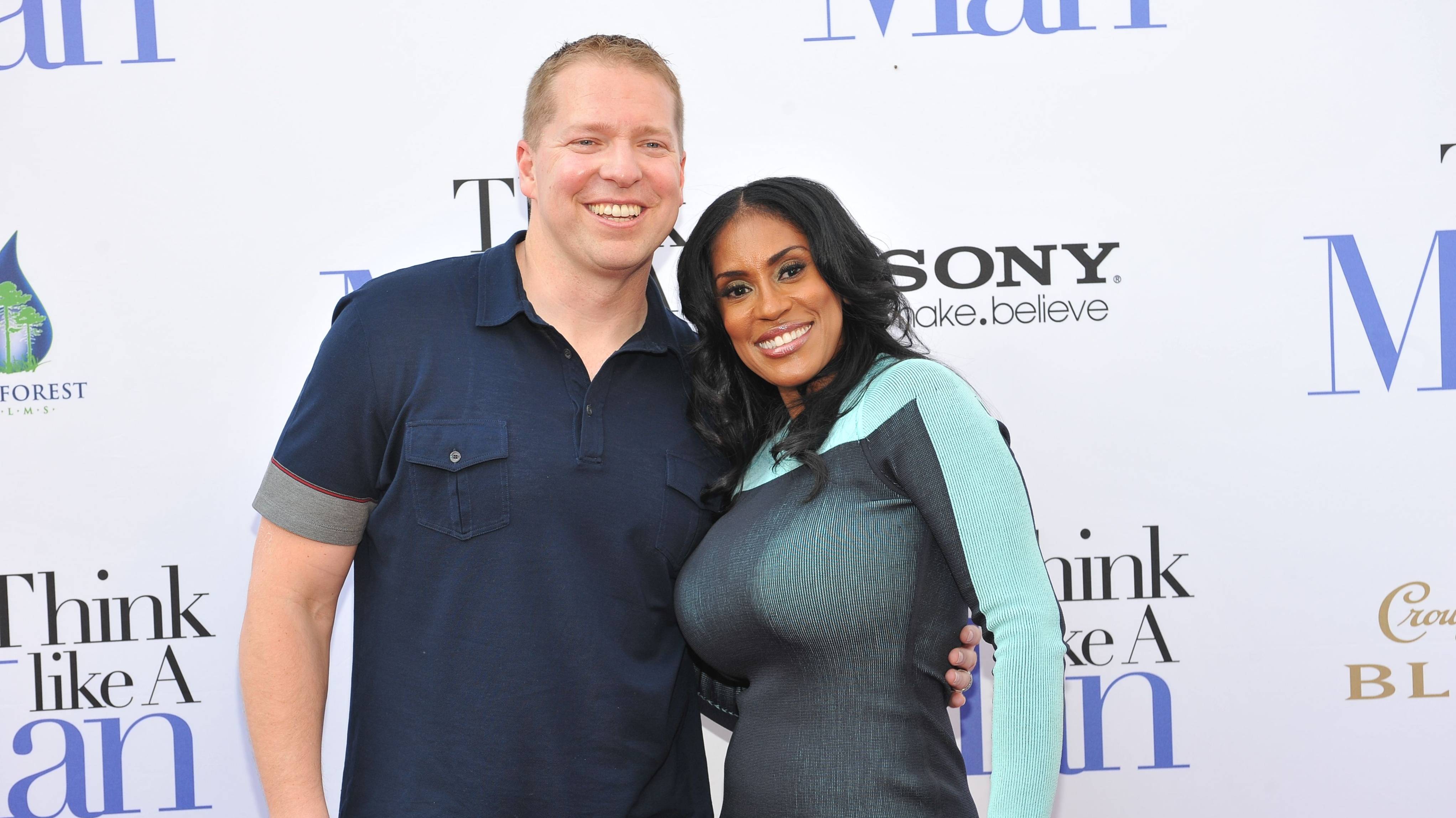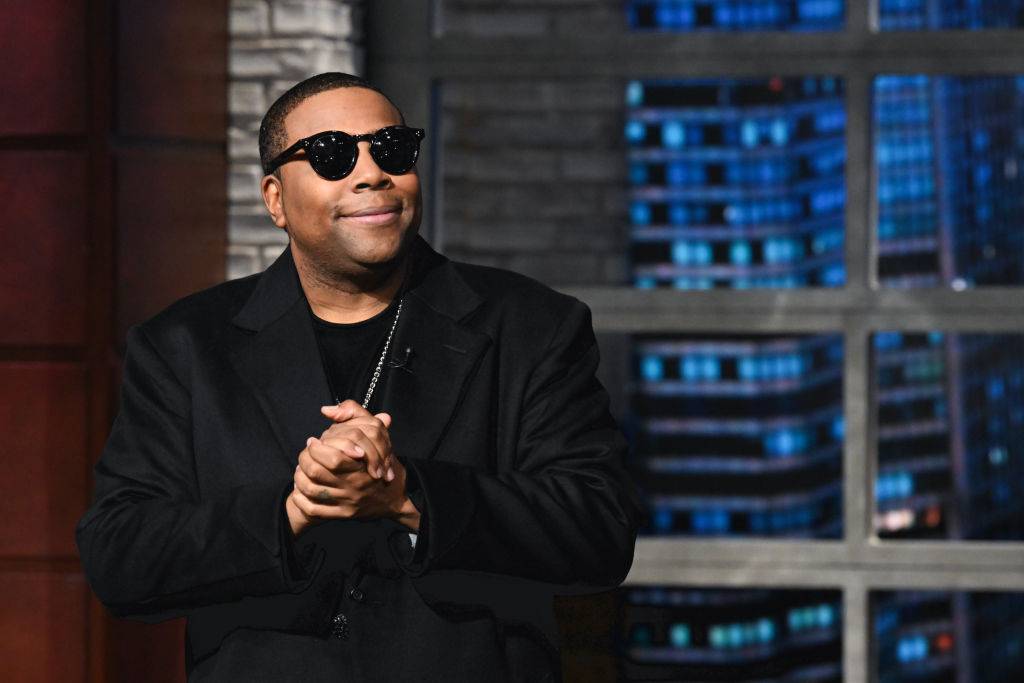Say Her Name: Remembering Marcy Borders, An Unsung Hero of the 9/11 Attacks

Every September 11, the country stops to remember the day that became a turning point in American history. Although it is not a milestone anniversary, this day will always evoke memories of the day the world stood still.
The petrifying images of 2,750 people dying all at once in New York City, plus the other 184 souls who perished at the Pentagon and 40 in rural Pennsylvania, remain etched in our minds. And for younger generations, 9/11 has been added to the list of catastrophic events in American history that are now dissected in classrooms. And just like many parts of history, the African American imprint can easily be erased, but when it comes to that horrible day, there is one Black woman whose presence will never be forgotten.
On Sept. 11, 2001, Marcy Borders was a 28-year-old legal assistant for Bank of America, working on the 81st floor of the World Trade Center’s North Tower. At 8:46 a.m., American Airlines Flight 11 crashed into the building. Borders and her co-workers felt the violent shake of the crash and started to make their way down the stairs, with the street hundreds of feet below. Firefighters rushing up the steps implored everyone to run as fast as they could. At 9:05 a.m., United Airlines Flight 175 crashed into the South Tower.
“You just heard people screaming, stay away from the glass; stay away from the glass,” Borders said in later interviews. “You saw injured people—I saw people with objects in them, burnt skulls. It was crazy compared to what I just left.”
It’s unclear how long it took her to reach the street, but by the time she got there, the South Tower had already collapsed at 9:59 a.m. A stranger pulled her into a building as a gargantuan cloud of dust and ash filled Lower Manhattan. So much so, it was seen from most of the five outer boroughs miles away and perhaps even further. Borders recounted how she had breathed in dust, her mouth filled with the toxic smoke and how she was completely covered in ash. Then, at 10:28 a.m., the North Tower collapsed.
New York City had never resembled hell more than it did on that day. The world watched as the financial epicenter of its most powerful nation was reduced to an orgy of chaos, mayhem and fear.
Sept. 11 Anniversary
Stan Honda, a freelance photographer shooting images for the French news agency Agence-France Presse snapped a picture of Borders who was completely covered by dust and ash. No one could have known that this one image would become the symbol of the tragedy: an office worker would become infamous in a photo epitomizing one of the most pinnacle moments of the past century.
The photo was printed in newspapers across the globe, and Borders became known as the “Dust Lady.” AFP later identified her by name, and while, she survived the attacks, it was just the beginning of the troubles that were on the way.
Moving Beyond the Image
The trauma of the day, as it had for many people, lingered for Borders years after the attacks, in ways that would impact her life and those around her.
“She was scared. She told me she was afraid to go back into New York, that she was frightened of tall buildings and planes, said Honda, who located her in Bayonne, N.J., and interviewed her weeks later, according to The Guardian.
A depression set in that she never revealed to her loved ones, one that would go on to fester for years. “My life spiraled out of control,” she told The New York Post in 2011. “I didn’t do a day’s work in nearly 10 years, and by 2011 I was a complete mess. Every time I saw an aircraft, I panicked. If I saw a man on a building, I was convinced he was going to shoot me.”
Borders, unfortunately, fought to exorcize her demons in the worst way. “I started smoking crack cocaine because I didn’t want to live,” she said. Her addiction led to her losing custody of her two children and a breakup with her partner.
When she hit her lowest point, she checked herself into rehab and got herself clean. Just a few days later, in May 2011, President Barack Obama addressed the nation, announcing that Osama bin Laden, the mastermind of the attacks, had been captured, killed, and buried at sea.
The person Borders feared, who haunted her dreams was no more. It was a turning point for her. She reunited with her partner, Donald Edwards and regained custody of her daughter Noelle and son Zay-den.
"The last 40 days have been the best since Sept. 11,” she told the Post. “We’ve got our family back. The kids have got their mom back.”
Unfortunately, the effects of 9/11 had done more damage than she realized. In 2014, Borders was diagnosed with stomach cancer. Caught in the early stages, she went through a battery of chemotherapy treatments, which led to some $190,000 in medical bills. Borders had not worked consistently since the attacks and did not have the health insurance and thus the medications she needed for the treatments. While it was never proven that the dust cloud and debris from the World Trade Center attack were the cause of her illness, she did suspect it.
"I'm saying to myself, 'Did this thing ignite cancer cells in me?'" she said in an interview with The Jersey Journal in 2014. "I definitely believe it because I haven't had any illnesses. I don't have high blood pressure...high cholesterol, diabetes. How do you go from being healthy to waking up the next day with cancer?"
As many as 91,000 people were exposed to the dust that flowed through Lower Manhattan that day and in the subsequent days. We now know that those who survived the attacks and the first responders who tried to save them have mostly fallen ill after inhaling the toxic air that day and working through the rubble in the aftermath. An estimated 2,000 people have died from related illnesses, including various forms of cancer, according to Mount Sinai Health Center.
After bravely battling the disease, while continuing to manage the trauma from that day, Borders died on Aug. 24, 2015. She was 42.
Her friends and relatives have said that she never stopped being the Marcy they remembered, hoping to beat the disease, wanting to see her children grow and flourish.
“She didn’t let the ‘Dust Lady’ thing define her,” her brother, Michael Borders, told The Guardian. “She was still Marcy to everybody else—she just happened to have been involved in something tragic.”
Yes, Marcy Borders, experienced a horrific tragedy, and on this anniversary of 9/11, it’s important for us to say her name. We recognize that Marcy Borders was much more than the circumstances that found her that day, 22-years ago. She was a mother, a sister, a daughter, a co-worker, a friend.
“Not only is she the ‘Dust Lady,’ but she is my hero,” her daughter Noelle said after her passing. “And the dust has settled, and she is free now.”
Madison J. Gray is the senior editor, News at BET.com.





